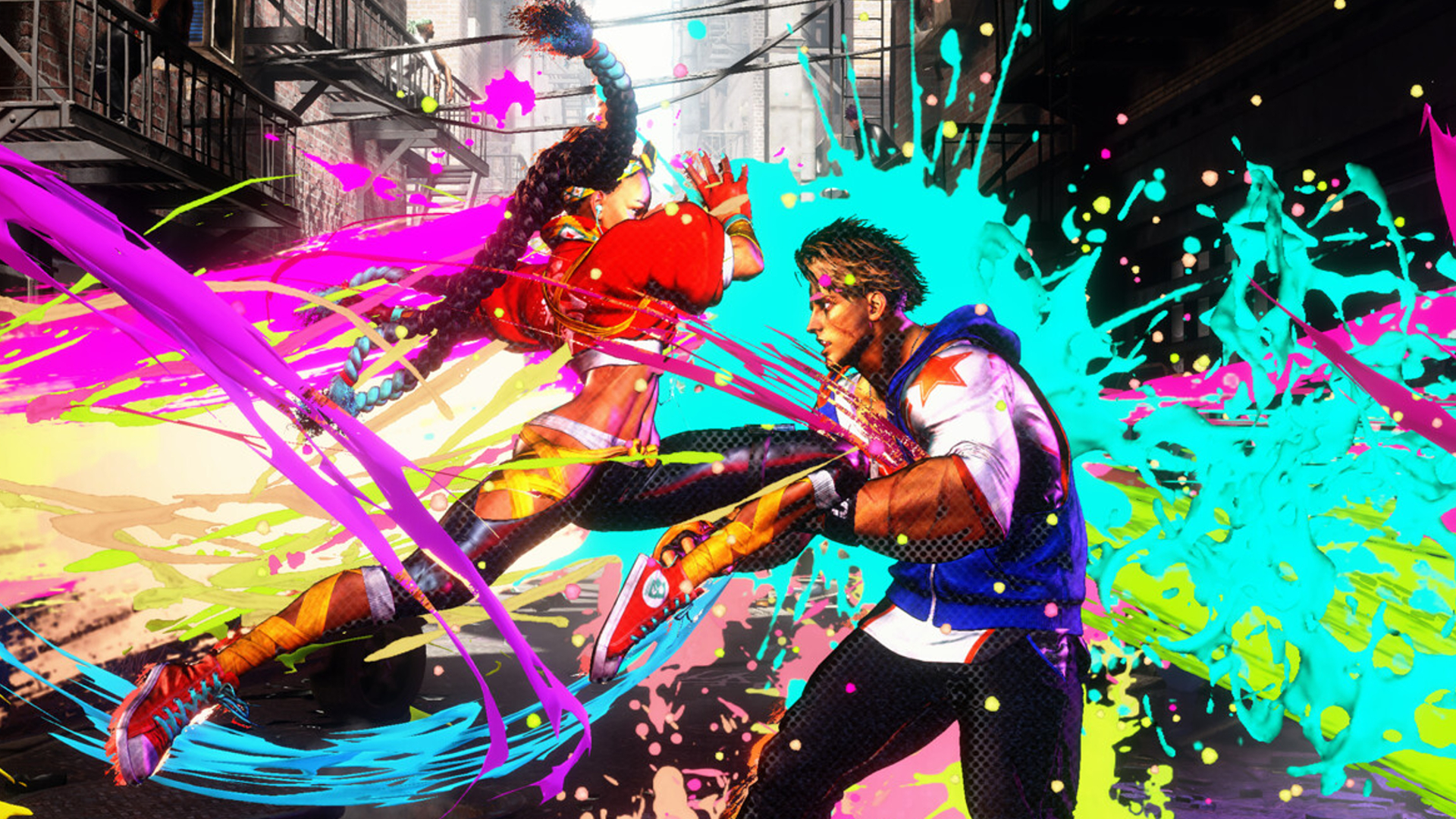Our Verdict
Minor technical issues and questionable monetisation scuff what is otherwise one of the best fighting games we've seen in the last decade.
PC Gamer's got your back
What is it? A colourful explosion of sweaty, veiny 2D muscle-bound warriors.
Release date: June 2, 2023
Expect to pay: $60/£50
Developer: Capcom
Publisher: Capcom
Reviewed on: Nvidia GeForce RTX3070, AMD Ryzen 7 2700X, 16GB RAM
Steam Deck: Playable
Link: Official site
I gotta be honest, I've bounced off of a fair few 2D fighters in my life. I'm a 3D fighter girl at heart, and losing a dimension seriously messes with my head. What do you mean I can't sidestep? I gotta jump around? Unheard of. I've been determined to finally push past my fear of only having deux dimensions with Street Fighter 6 though, and by god does Capcom do a fantastic job of welcoming me inside, making me a nice cup of tea and patting me on the back just for showing up and trying.
It's a far cry from the much-maligned launch of Street Fighter 5, a grave error that's lingered around Capcom like a questionable fart for the last seven years. The developer slowly amended its mistakes, but it's certainly determined not to repeat them this time around. It's succeeded: Street Fighter 6 is a bombastic, colourful, all-out package that is ready to cater to every playstyle and skill level, doing it with a degree of finesse that has well and truly set the bar high for the next generation of fighting games.
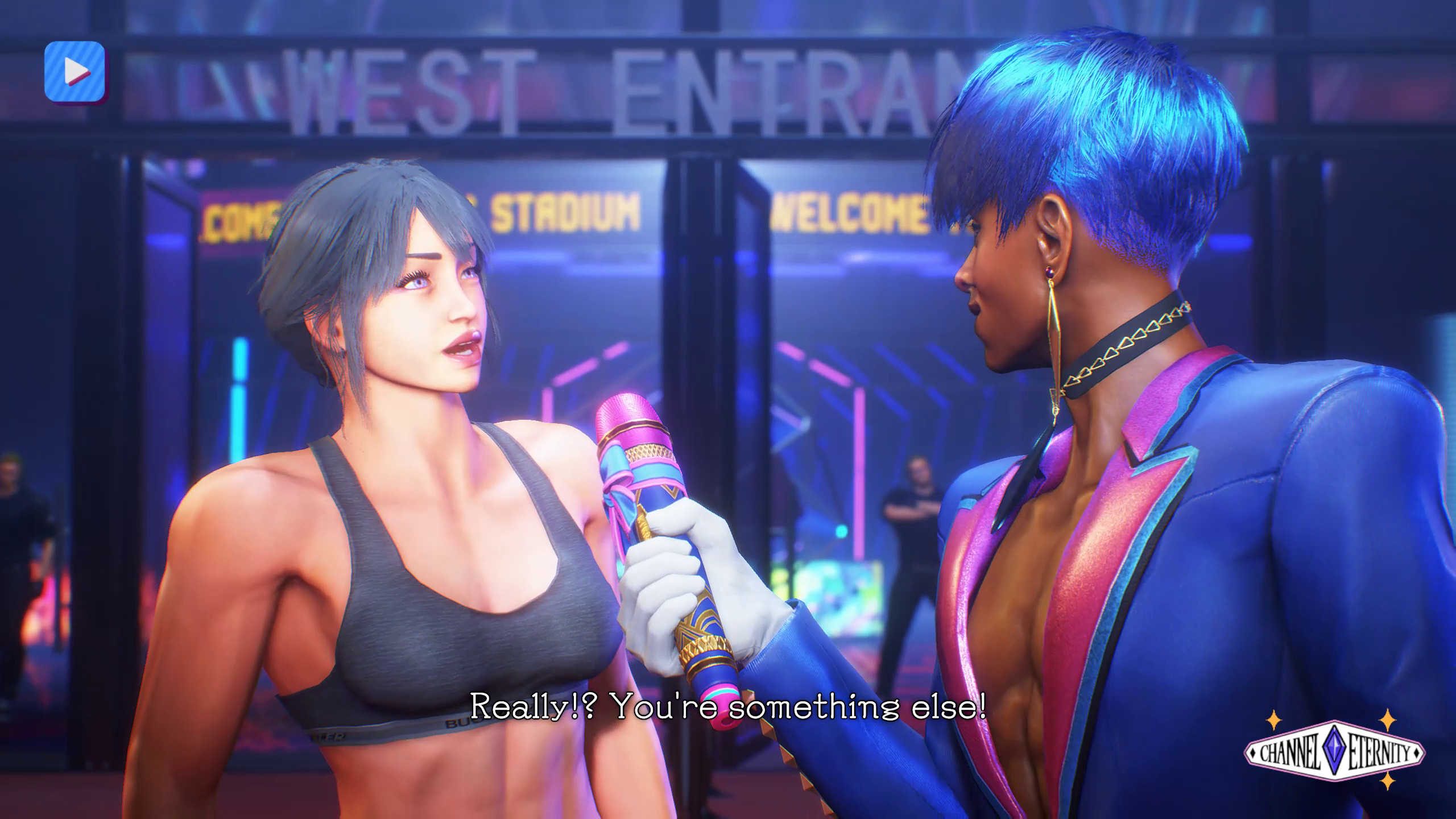
It's hard not to fall in love with Street Fighter 6, for how much it offers and how easy it is to jump straight into any of its modes. I decided to start out in World Tour, its singleplayer mode that blends its core fighting gameplay with an open-ish RPG world, levelling system and story.
Fighting games have never been known for their thrilling singleplayer modes (unless you're Mortal Kombat), but World Tour is a pleasure to play through. Instead of playing as one of the game's classic fighters, I'm given the freedom to create my own abomination of an avatar. The character creator is seriously robust, with a staggering number of sliders and options to tweak. Want gigantic forearms and twig-like biceps? Street Fighter 6 has got your back. Want to look like a cat when it's standing on its hind legs? You can do that, too. I'm boring and opt for a relatively normal-looking approximation of my Final Fantasy 14 character, just with more muscles and a bigger dump truck. Things like limb length and body size actually factor into my ability to dish out and take damage, too, something I have to keep in mind when designing my beefcake OC.
I'm too embarrassed to admit how much of my playtime was spent on Hado-Pizza, a minigame dedicated to practicing input execution.
I'm then plonked down in the brightly saturated Metro City—yep, the one from Capcom's beat-'em-up series Final Fight—as a brand-new student studying under sorta-newcomer, sorta-not-newcomer Luke. I'm gifted a portion of his moveset and sent on my merry way to find more fighters, travel the world, unravel a mystery, and instigate a fight with almost any citizen I come across. As I meet more of Street Fighter 6's cast, like the thick-thighed Chun-Li or hulking muscular warrior Marisa, I can enroll under their fighting style and pick up little chunks of their moveset, too.
I switch between "Masters," which grants me that fighter's normals and combos, but can mix in special and super moves I've picked up from other members of the roster, like throwing in Manon's command grab and Dhalsim's slippery teleport. I had far too much fun Frankensteining my own moveset, seeing just how goofy or weirdly optimized I could make my combo of different fighting styles. I could unlock even more moves by playing with each fighter's style and levelling it up, as well as plying each character with gifts picked up from merchants and beefing with random pedestrians and police officers. I can even take the moves and use them as platforming tools, like using Chun-Li's Spinning Bird Kick to levitate across two platforms, Luke's Rising Uppercut to throw myself up a ledge or Blanka's Electric Thunder to shock open barrels and crates for loot.
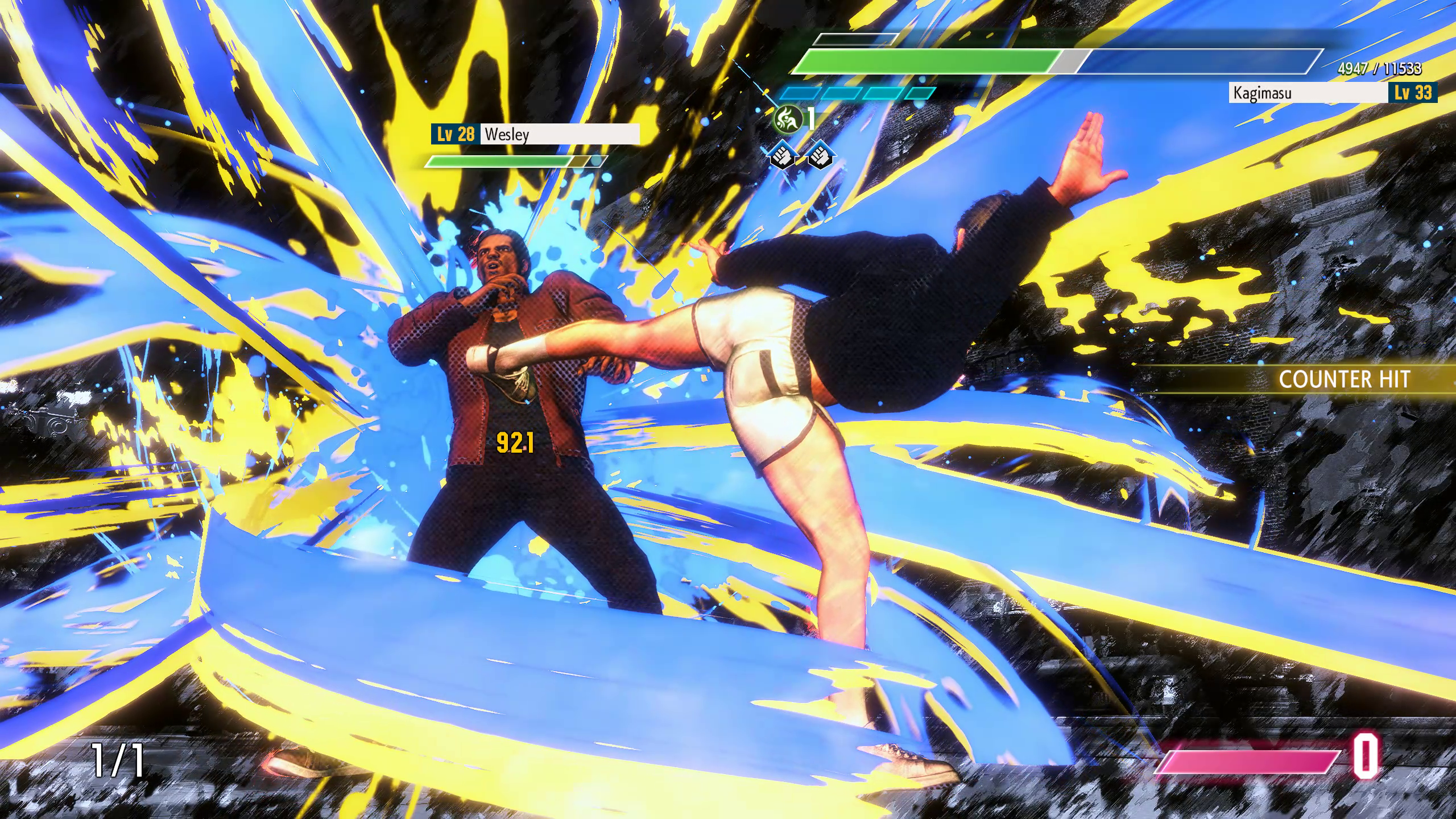
World Tour is also rather cleverly disguised as a great mode to teach core fundamentals. Numerous side missions focus on putting the game's various mechanics into practice—like hitting drive parries, triggering pressure time and performing hard knockdowns—exploring defensive play and ways to find openings in my opponent's offence. It was a great way of subtly sneaking in how Street Fighter 6's numerous mechanics work, when best to use them and just reminding me that they existed in the first place.
There are even part-time jobs, minigames that give me precious currency for outfitting my avatar or buying gifts for my pals, but once again masquerade as fun ways to teach fighting game fundies. I'm too embarrassed to admit how much of my playtime was spent on Hado-Pizza, a minigame dedicated to practicing input execution, which screams "Buono! Buono! Buono!" at me every time I do a good job. Other minigames focus on spacing and footsies, or dealing big damage and combos all at once.
My biggest gripe is that, for how well-optimised every other part of Street Fighter 6 is, World Tour can be a bit of a chugfest. It's especially prevalent in the mode's two large and open locations. I frequently suffered frame drops while running around, and dropping into a fight would slow the whole game down considerably, causing my character to fly around the screen in slow motion. Turning on shader precaching in the settings helped with my open world traversal, but I still regularly suffered from battle slowdown. It made the moments where everything was running fine—usually in its smaller, more isolated areas designed around the game's stages—feel abnormally fast and regularly tripped me up.
It's a huge bummer because World Tour is a surprisingly enthralling fighter-slash-RPG hybrid outside of its technical issues. I spent around 60% of my 50-hour playthrough there, and while the performance issues didn't completely ruin my time with the mode, they certainly hampered it.
Modern times
I played through the majority of World Tour with Street Fighter's new Modern controls, a more streamlined version of its classic control scheme. It takes the six-button input down to just four face buttons, simplifying special moves and adding the ability to string together auto combos with one button. It's a relatively simple control type on the surface, but contains a surprising amount of depth with the option to manually input certain moves. It's a great starting point for those who are unfamiliar or easily overwhelmed by Street Fighter's traditional inputs, and makes up for its increased simplicity by reducing damage on specials and providing somewhat suboptimal combo routes.
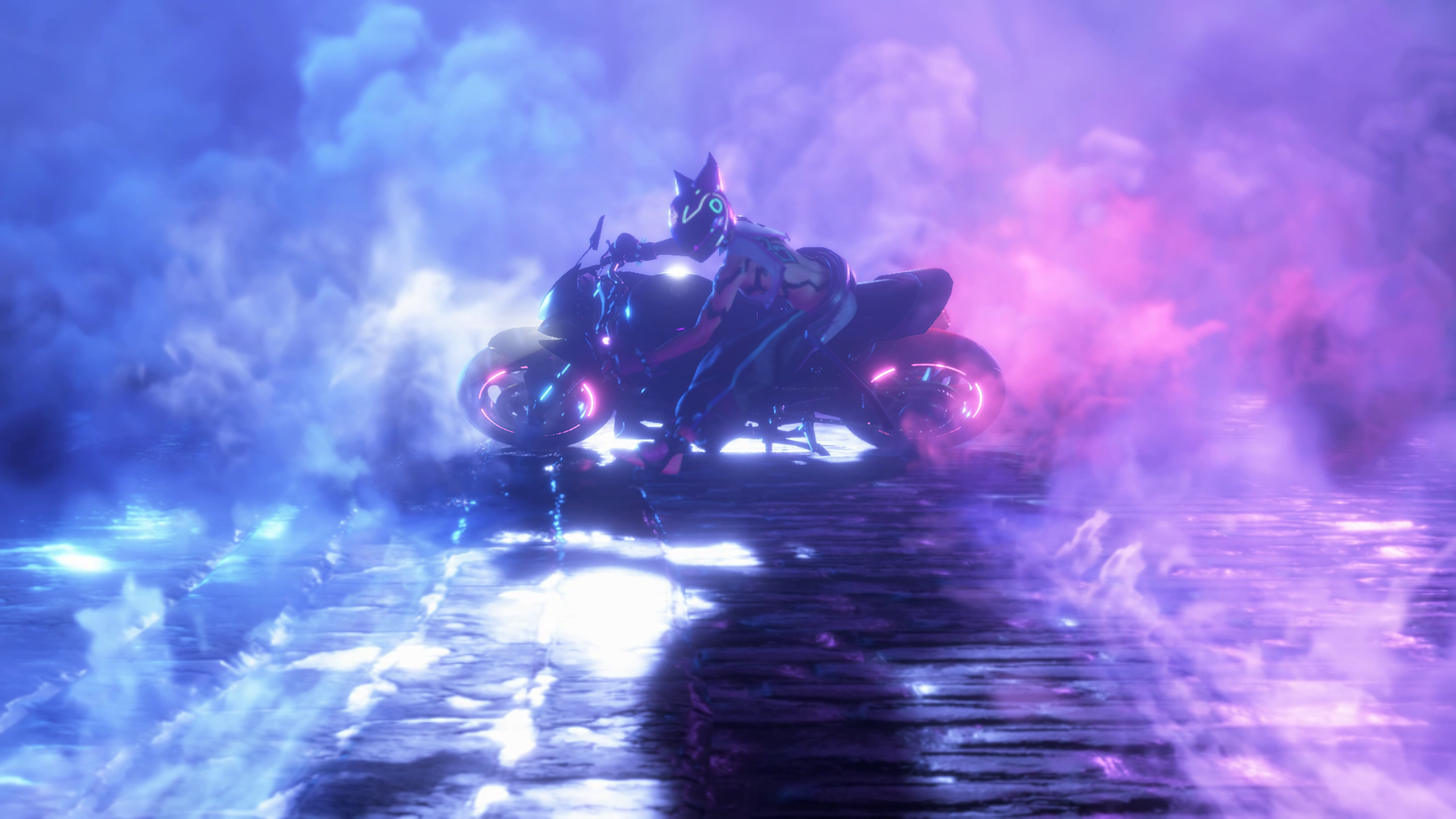
Some are unhappy about the inclusion of Modern controls and its allowance in online mode, but I see it as a great way to introduce people to fighting games. Classic control users will still be able to best less skilled players relying on Modern controls, and those who decide to stick around will inevitably upgrade to the full-blown Classic control scheme eventually.
Modern controls also served as a way to help me get to grips with some of the more complex characters, like sinister zoner JP. He's one of my favourite fighting game newcomers in a while, but his high level of technicality was an instant roadblock. Being able to quickly pick him up and get a feel for him in Modern controls made me want to explore his movelist further in Classic, something I think will be the case for many others.
That's mostly what I did, too. I tinkered around a lot with Chun-Li, Marisa and Kimberly's movesets during my time with World Tour, and I was desperate to learn more about what they do and, and which of their moves are most useful. That's when I moved to Fighting Ground, which houses most of Street Fighter 6's offline modes: Arcade, tutorials, versus mode and team battles.
With most of the game's lore and story tucked away in World Tour, Arcade mode is incredibly simple. A small cutscene plays either end of each character's story, though it does feature some gorgeous art—with more unlockable through playing stories multiple times. I loved Versus mode's hyped-up music and short introduction that has chosen characters walking through a crowd, striking a pose while their likes and dislikes flash up on screen. There's also the option to turn on commentary, with FGC powerhouses like Tasty Steve and James Chen hopping on comms to try and bring the thrilling tournament action from the stage to the couch.
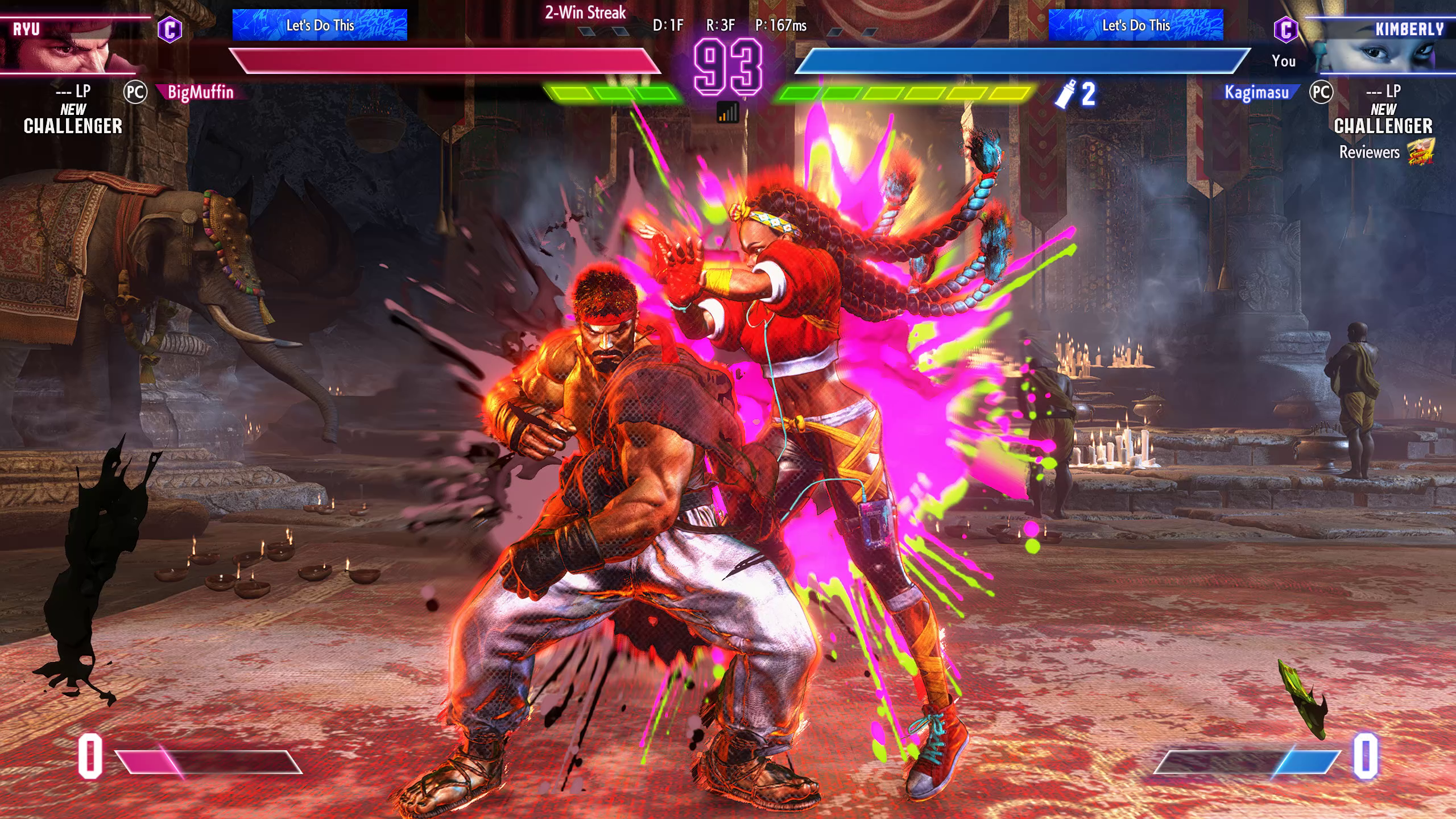
Where Street Fighter 6's offline options truly shine is in its practice modes.
Unfortunately, the commentary gets a touch repetitive. Hearing "Wow, what a decision!" for the thousandth time made me question my sanity at one point. It was never going to imitate live hyped-up commentary perfectly, but it does feel rather stagnant when I'm wailing on CPUs. However, I did find it surprisingly useful for getting a read on what I was doing right and wrong in the moment. That instant feedback isn't something you usually get out of these games, and so surprisingly, the fake commentary is actually useful.
Where Street Fighter 6's offline options truly shine is in its practice modes. This is a game that wants newbies to learn in a way that's easy to understand and put into practice. Character guides give a rough overview of what everyone can do and the best tools to use in certain situations. I learn about how to keep my opponent on their toes with Dee Jay's feints, and the best way to utilise Kimberly's spray can grenades. It's not always easy to immediately gauge when moves are useful just from staring at a movelist, which makes the character guides a fantastic beginning point. Combo trials are easy to understand, too, broken up into three difficulties with separate lists for each control scheme. That said, sometimes it would tell me I could throw out any punch or kick when, actually, it wanted a specific type for that combo, which led to the occasional frustrating roadblock.
Otherwise, it's the best, most in-depth training mode I've seen in a fighting game. Everything you could want is right there—frame data, timing display, a virtual controller to watch your inputs. You can tweak and record your training dummy for any setup you might want to practice, or train fundamentals on one of the very useful presets. Whiff punishing, throw escapes, anti-airs and combos can be instantly labbed without having to waste time manually setting up the training dummy to do what you like, and it feels great. Everything you could want in a training mode is here, and I'll no doubt be spending hours toiling away in the lab once this review is done.
Back to the lab again
I took the skills I learned during my time with World Tour and Fighting Ground and hopped into online, which was opened up to reviewers for a few days last week. I roped in fellow PCG writer Wes Fenlon to get stuck into some games with me. I'm based in the UK, with Wes based all the way off in the USA, so this would put Street Fighter 6's netcode to the test. Wes didn't actually have an avatar made when we first jumped in, so we skirted the Battle Hub and went to the online modes straight from Fighting Ground to create a custom room.
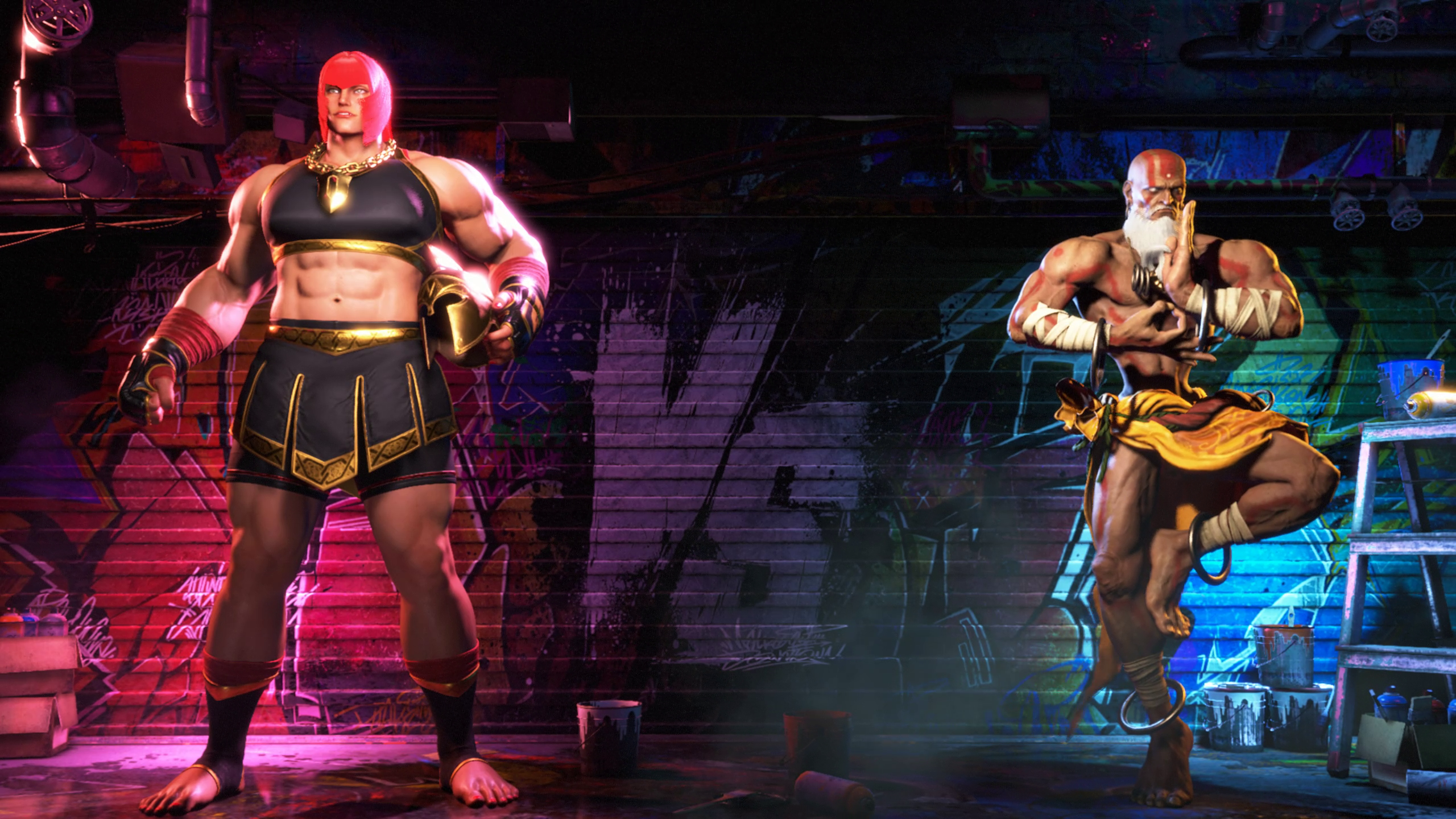
The online mode in Street Fighter 6 is genuinely fantastic, and one of the smoothest online experiences I've had in a fighting game for a hot sec. Creating a custom room and inviting Wes was easy, only requiring his Capcom ID or username to add him as a friend and shoot him an invite. Custom rooms can house up to 16 players at once, with four separate rooms that they can jump into. Rooms can be set to be versus battles or training, while people who aren't playing can quickly jump in to spectate.
Everything about online play is fast and smooth. My games with Wes ran at around 190ms ping but were still responsive, with no pesky syncing stalls or frame rewinds getting in the way of our matches. Rematches were near-instant too—in most games, I'm guilty of reaching for my phone or quickly tabbing out while waiting for the next game to begin, but there's no time for any of that in Street Fighter 6.
When Wes finally concocted his terrifying avatar, we jumped over to the Battle Hub to play online in a more traditional way: carting our avatars down to arcade cabinets, sitting down either side of each other and playing it out. While the Hub was pretty quiet during the review period, never really exceeding 10 people, I also checked it out during the game's closed and open betas and found a bustling, lively area. It was super neat to see people huddled around cabs, their spectating avatars cheering the match on. I was even able to use my avatar to square up to Wes's, with all my stats and my movelist from World Tour carrying over to the special online mode. It's a novelty, sure, but I'm looking forward to seeing everyone's gremlin creations beefing with each other in the middle of the lobby.
Street Fighter 6 also features a rotation of classic Capcom games that can be played in the Battle Hub, as well as extreme battles that implement random conditions for each battle. There's a great amount of variety for online outside of your standard ranked and casual matches, and I'm looking forward to seeing just how lively the hubs become with the full launch.
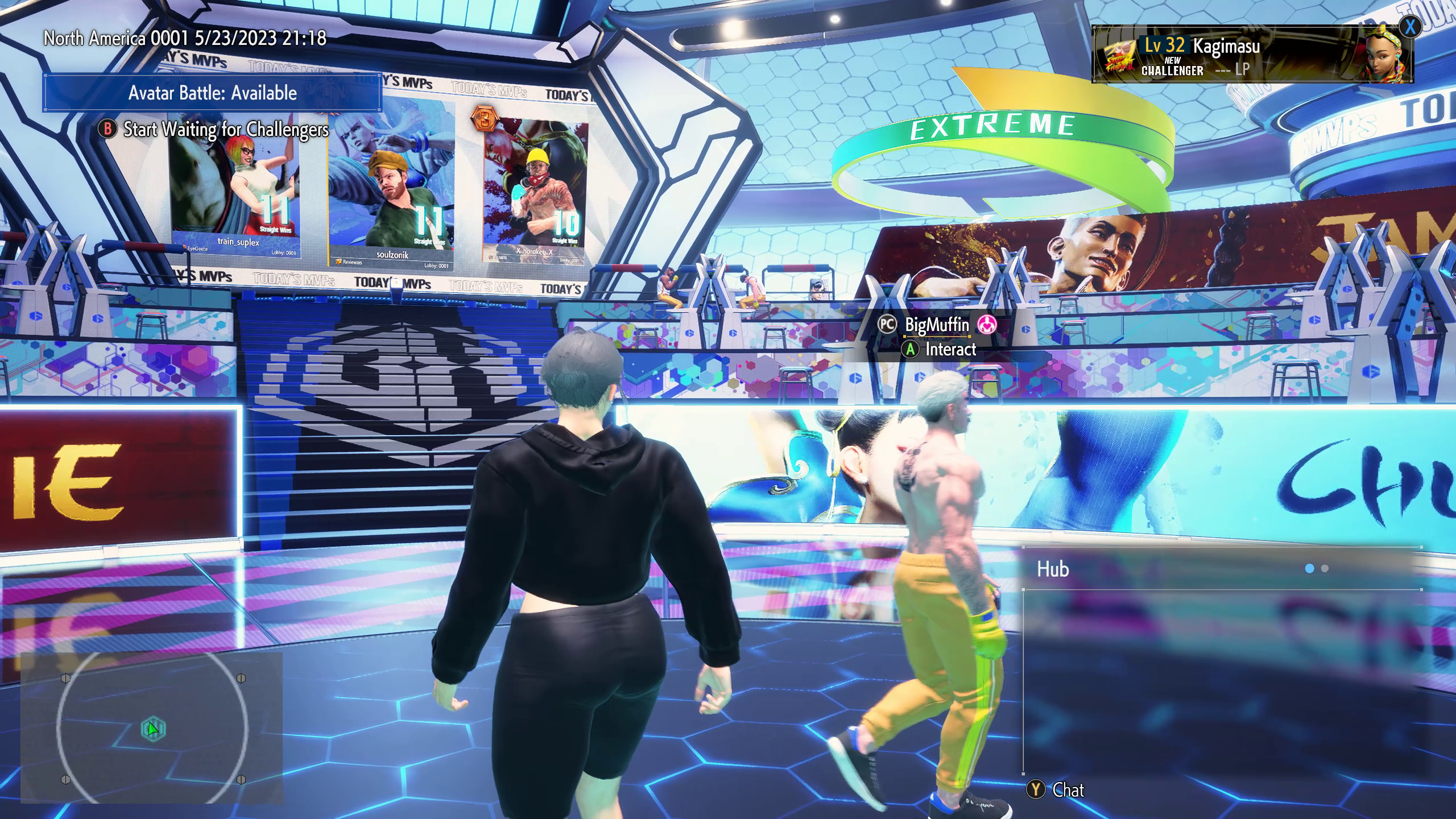
While the servers were online, I was also able to poke around the menus and found some incredibly side-eyeable options. Bad news: Street Fighter 6 has a battle pass. Based on a brief in-game explanation, it seems like it'll exclusively offer cosmetics and currency for what appears to be a character rental system. I'm an avid disliker of battle passes, especially in games where they're completely and utterly unnecessary. Like this game. Capcom promises that avatar gear will only be cosmetic and offer no stat increases, but it feels like a wholly unnecessary addition to the game.
If you've ever been too scared to try a fighting game for the first time, make Street Fighter 6 your entry point into the genre.
There's also the return of premium currency, this time called Fighter Coins. They were included alongside Drive Tickets, which appear to be earned through completing challenges in-game rather than bought with real money. Fighter Coins will require opening your wallet though. I know it's a necessary evil these days, but in a game that's already $60 minimum, it's a huge downside.
Monetisation aside, I'm picking up what Street Fighter 6 is putting down. I've never felt this way about a 2D fighter before. It's handed me all the tools I could need to learn its strange combo flows and timings, and has actively encouraged me to put them into practice in a slew of different ways. If I don't love hanging out in the training room, I can go and practice with World Tour side missions or jump into some online training with a pal. If I want to goof around and smack my friends with my long-limbed avatar, I can do that, too.
Capcom has offered an absolute buffet of ways to play Street Fighter 6, and there'll be something at the table everyone likes. If you've ever been too scared to try a fighting game for the first time, make Street Fighter 6 your entry point into the genre. It's easily the most accessible entry yet, and I can't wait to see how many more people enter the FGC through this game. I couldn't think of a better way to kickstart the new generation of fighting games. Other upcoming fighters like Tekken 8 and Mortal Kombat 1 have a lot to live up to.
Minor technical issues and questionable monetisation scuff what is otherwise one of the best fighting games we've seen in the last decade.

Mollie spent her early childhood deeply invested in games like Killer Instinct, Toontown and Audition Online, which continue to form the pillars of her personality today. She joined PC Gamer in 2020 as a news writer and now lends her expertise to write a wealth of features, guides and reviews with a dash of chaos. She can often be found causing mischief in Final Fantasy 14, using those experiences to write neat things about her favourite MMO. When she's not staring at her bunny girl she can be found sweating out rhythm games, pretending to be good at fighting games or spending far too much money at her local arcade.
